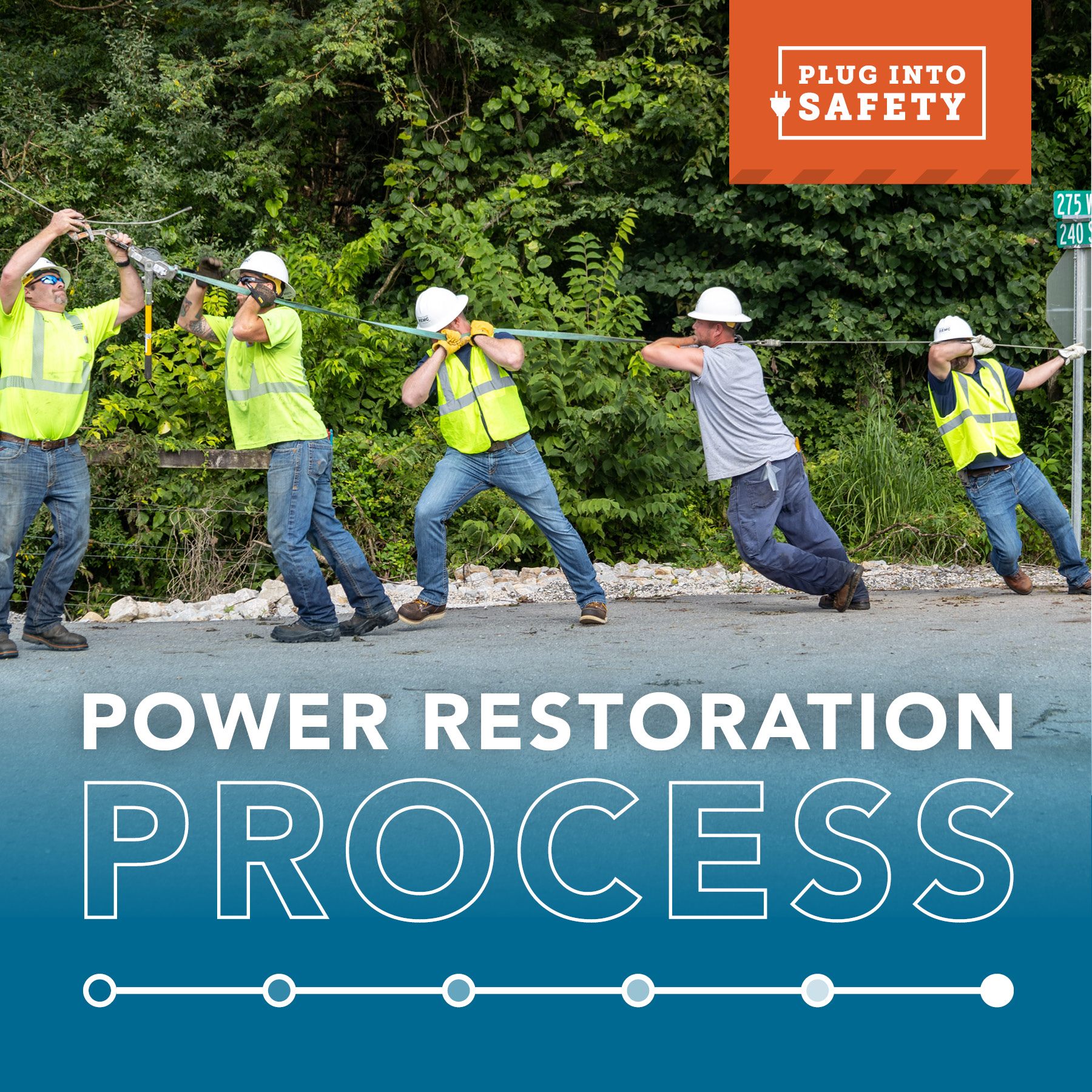James and Patty just moved into their new home. While it’s new to them, it’s an older home with a limited supply of electrical outlets.
James wants to plug several electronics into an outlet in the house’s living room. He figures, “What’s the big deal? I’ll just plug everything in through one outlet. It’ll be fine.” The problem is, James may be overloading that outlet and setting the stage for an electrical fire.
The electrical system of many older homes is not properly equipped to respond to today’s increased power demands. According to the National Fire Protection Association (NFPA), more than half of all homes in the U.S. are at least 30 years old. The wiring in many of these older homes was designed to handle around half of the electrical demands of today’s families with the ever-increasing use of gadgets, gizmos and appliances demanding power.
According to the NFPA and the Electrical Safety Foundation International, electrical fires are one of the leading causes of structure fire annually. Officials with the NFPA said in 2010, electrical fires accounted for nearly 13 percent of reported home fires. Those fires resulted in 420 fatalities, 1,520 injuries and $1.5 billion in property damage.
So, how can James, and you, prevent the dangers that can occur by overloading an outlet? Here are some tips:
- Never plug more than two appliances into an outlet at once or “piggyback” extra appliances on extension cords or wall outlets. Use only outlets designed to handle multiple plugs.
- Know the amount of power you’re placing on an outlet or circuit. Some recommend each outlet or circuit should not exceed 1,500 watts.
- Major appliances (refrigerators, dryers, washers, stoves, air conditioners, etc.) should be plugged directly into their own wall outlet since they are heavy power users.
- If you find you are overloading an outlet or circuit in your home, you may need to contact a professional to help resolve the problem.
You’ll also want to watch for these warning signs of electrical system overload. If you have any of these present, you should have your home inspected by a professional:
- Lights often flicker, blink or dim momentarily
- Circuit breakers trip or fuses blow often
- Cords or wall plates are warm to the touch or discolored
- Crackling, sizzling or buzzing is heard from outlets
If an electrical fire does occur, take these steps:
- Call 911 or another appropriate emergency service.
- If you must attempt to put out an electrical fire, use a dry fire extinguisher or baking soda. Never try to extinguish an electrical fire with water!
- If the fire is large, try to turn off the main power source. Do not try to handle the fire yourself.
Don’t make the same mistake James made. Never overload your home’s electrical outlets or circuits. It could prevent a fire and save lives!
# # #
Sources:
National Fire Protection Association
Electrical Safety Foundation International
Safe Electricity
National Ag Safety Database





